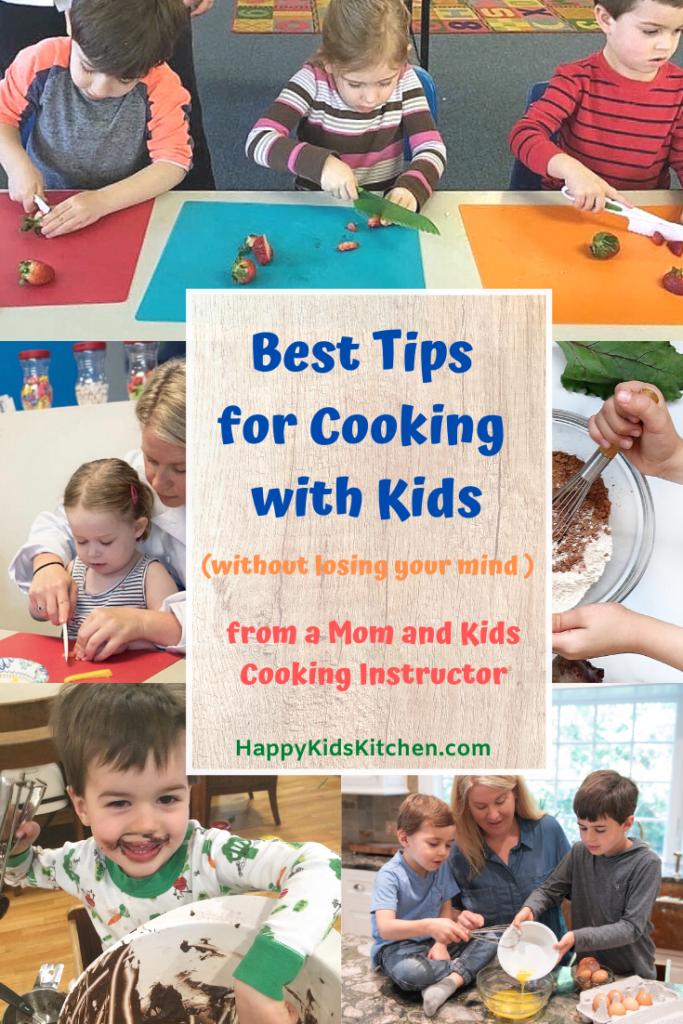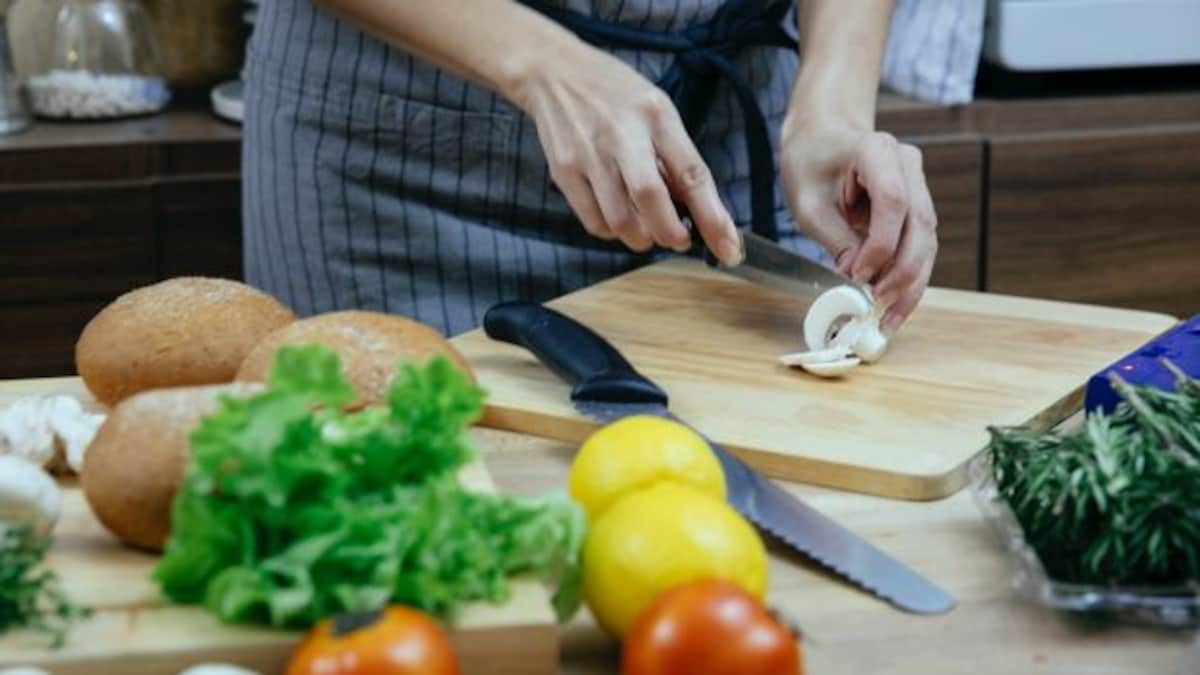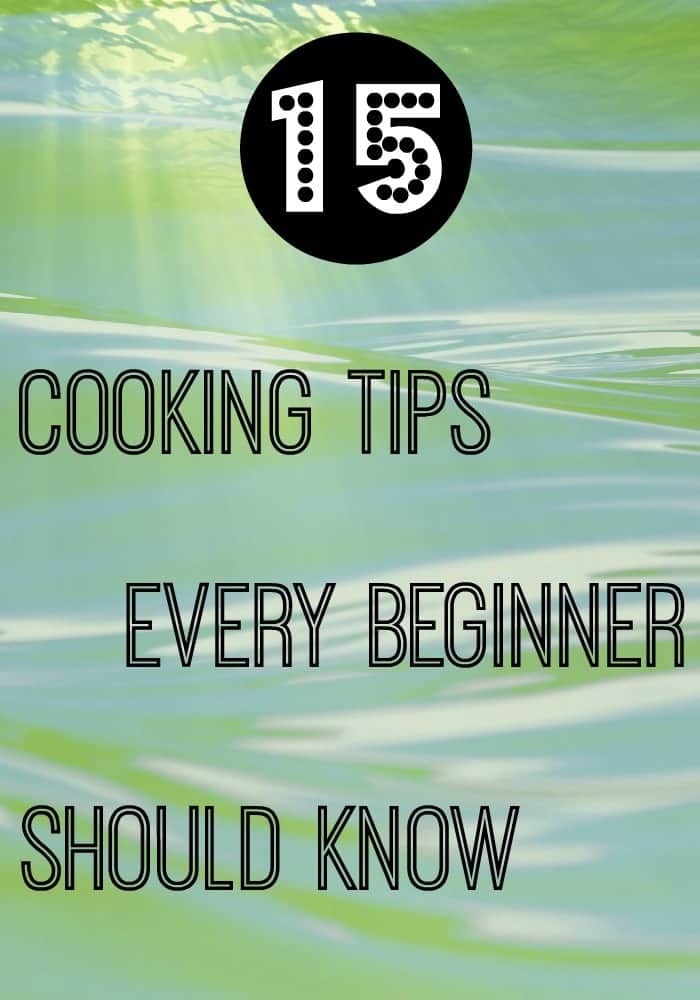
You can ensure safety in your kitchen by taking certain precautions. Apart from the safety precautions such as not buying broken appliances, avoiding extension cords and turning pot handles inwardly, it is important to be aware of any potential hazards in your kitchen. These can include electrical fires as well as choking hazards. Continue reading to find out more about safety in the kitchen. Here are some of the top ones:
Fire hazards
The kitchen is the most dangerous area in a home. You can get seriously injured by common kitchen hazards. Although most accidents can usually be avoided, some could be dangerous and even fatal. There are a few things you can do to prevent most kitchen accidents. If you are injured, seek immediate medical attention. Even if it seems like only a minor ailment, you may be hiding an internal injury that may not be visible for days.
The use of electric fires
These fires can often be unpredicted, but you can avoid them with some basic safety precautions. You should never overload an electrical outlet, and avoid overusing water or liquids near heat-generating appliances. Avoid plugging appliances that contain liquids or water. It is important to avoid overloading outlets. This can lead to dangerous situations, and can even cause trip breaker.

Stoves
House fires are often caused by people leaving things unattended in the kitchen. People leave things cooking while they go out for the day or grab a quick catnap. Place a timer on the stove to make sure nothing is left near it, and don't leave anything flammable around. Potholders can also be used to catch any packaging on the stove.
Choking hazards
Choking in the kitchen poses many dangers. Children can choke even on small items. Parents should be vigilant about the safety of their children, and check behind couch cushions, under furniture, and other areas where a child can reach things. In addition to keeping choking hazards out of sight, parents should also know CPR and keep a phone nearby for emergencies. Childproofing cabinets and drawers is a good way to prevent children from choking in the kitchen. Children should always be supervised while eating and should not be allowed to cut foods smaller than half an inch.
Cross-contamination
Cross-contamination in the kitchen is a problem. Cross-contamination of equipment can lead to dangerous bacteria in food. Cross-contamination can be a serious problem, regardless of whether a machine is used to slice meats or make glassware. In 2008, listeria contaminated a meat slicer. In some instances, cross-contamination can be completely avoided. Cross-contamination can be avoided in certain instances.

Hand washing
Proper hand hygiene is an important part of food safety. Hand washing is essential for food safety. Employees must wash their hands often and frequently. Hand washing requires training and the right setup of handwashing stations. Hand washing is an important part of food production. It can reduce cross-contamination and make it safer. Proper hand washing practices are important for the health and safety of food processing facilities, and should be emphasized in training and posted prominently in the worksite. Hand washing will make the end product cleaner and more nutritious.
FAQ
Do I have to learn how to cook with my children?
Yes! Yes, kids love to help in kitchen. It's a fun activity which teaches children responsibility and teamwork. Children can help with everything from washing vegetables to chopping onions. You will have your children enjoy helping you cook as long as they follow safe procedures when using knives.
What is the best career path for someone who wants to be a chef? How can I start my career as a chef?
Apprenticeships are a great way to get started if you want to become a chef. Apprenticeships are a way to earn a living while you learn. You can apply to become a sous-chef after you have completed your apprenticeship. Sous chefs supervise cooks and assist them with tasks like making salads and desserts. They oversee all aspects of the restaurant's operation.
What skills will I need to be able to go to culinary school?
To be a chef you need to be able and able to cook well. Cooking classes can be taken at high schools and community colleges to learn the basics of cooking. Once you have mastered the basics of cooking, you will need to find work in a restaurant and catering company.
What equipment do I need to cook?
No, you don't need any special equipment to learn to cook. The right tools can make cooking much easier. For example, a knife could be used for pasta making or a whisk would be better than a hand mixer for whipping egg whites to stiff peaks. It makes cooking much easier and quicker.
Statistics
- You'll be amazed that over 90% of CIA students receive scholarships and grants to finish their culinary studies. (ischoolconnect.com)
- In the United States, the category is estimated at $23.2 billion annually and is growing faster than the market. (washingtonpost.com)
- The median pay for a chef or head cook is $53,380 per year or $25.66/hour, according to the U.S. Bureau of Labor Statistics (BLS). (learnhowtobecome.org)
External Links
How To
How to make the perfect omelet
Omelets are my favorite breakfast dish. How can you make them perfectly? There are many recipes and methods I tried, but none worked. So I am sharing some tips and tricks today to help you make fluffy, delicious omelets every morning.
First, eggs can be very temperamental ingredients for making omelets. They must be fresh, preferably from the organic market, and be kept cold until cooking. They must be kept cool, otherwise the whites will not form properly and the yolks may become runny. Your omelets will look strangely colored if this happens. If you plan to cook the eggs right away, it is best to use room temperature eggs.
Another tip is to separate the egg before adding it to the pan. You don't want any white to get mixed up with the yolk because this could cause the omelet to curdle.
The bottom part of an egg that is added directly to the stovetop might be burned, which could cause a ruined texture in your omelet. Instead, heat the egg in a microwave for 10 seconds and then place it in a pan. The microwave heat cooks your egg just right, without it becoming too soft.
Let's now talk about mixing eggs. You want to mix the eggs thoroughly before you add them. To do this, take the bowl from the mixer and flip it upside-down. Now shake the bowl vigorously. This will whip the air around the bowl and mix the egg well.
Now comes the fun part: adding the milk to your mixture. Fold the eggs in the milk mixture by first pouring half of it into the egg whites. If you still see streaks of eggs, don't worry. These streaks will disappear once the omelet has been turned over.
After folding the eggs, place the pan on medium heat and wait for the oil to start sizzling. Add 1/4 cup butter to the oil and swirl it around to coat all sides of the pan. Open the lid and sprinkle salt on the pan. A pinch of salt will prevent your omelet from sticking in the pan.
Once the omelet forms, cover the pan again. Let the top side set completely. Flip the omelet upside down or with a spatula. Cook the other side for about a minute. Take the omelet out of the pan and immediately serve.
This recipe works best with whole milk, but skimmed milk also works.